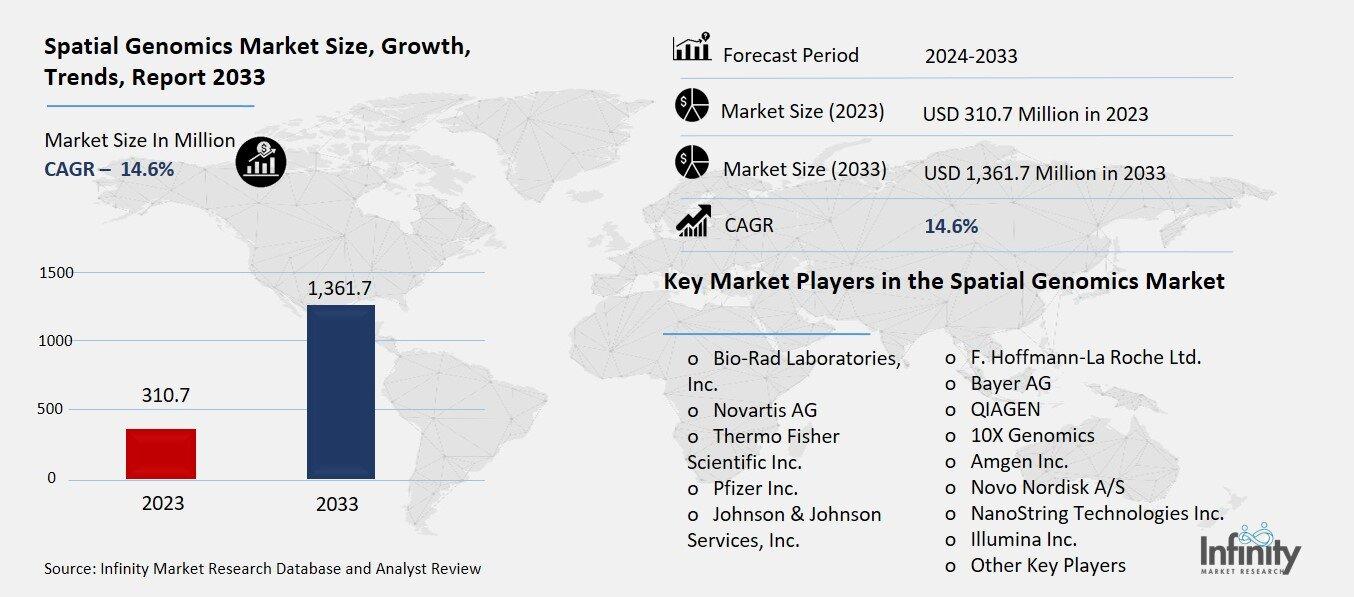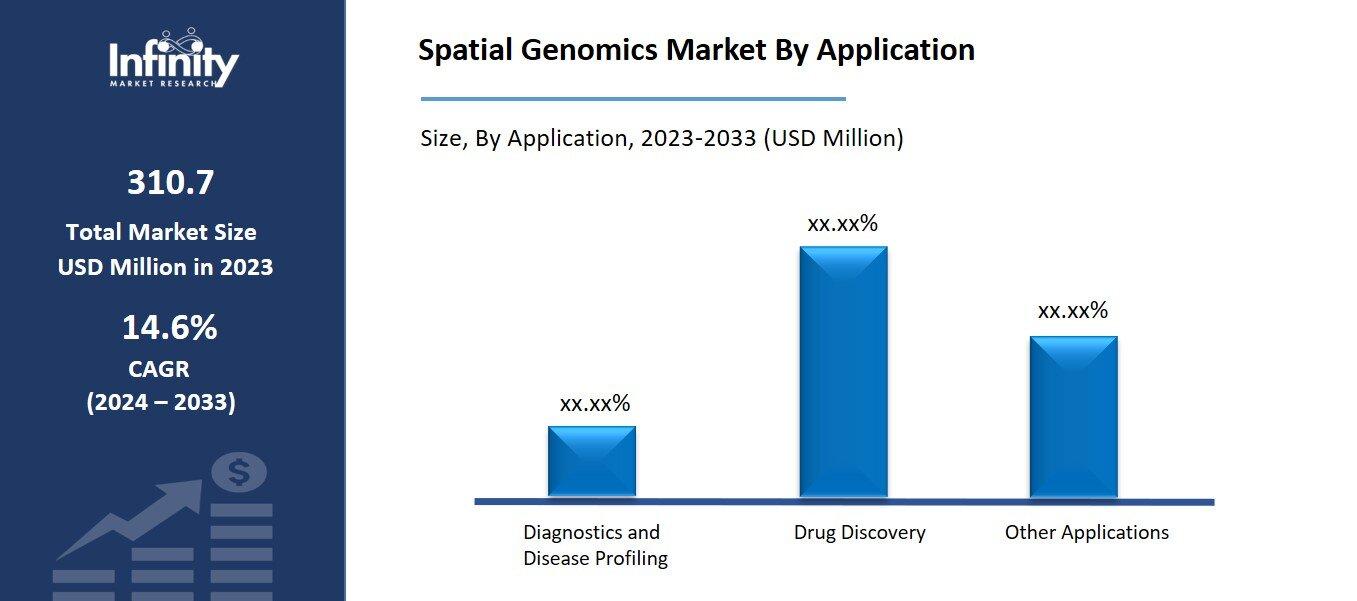
🔐 Secure Payment Guaranteed
Safe checkout with trusted global payment methods.
🌟 Why Choose Infinity Market Research?
At Infinity Market Research, we dont just deliver data — we deliver clarity, confidence, and competitive edge.
In a world driven by insights, we help businesses unlock the infinite potential of informed decisions.
Here why global brands, startups, and decision-makers choose us:
Industry-Centric Expertise
With deep domain knowledge across sectors — from healthcare and technology to manufacturing and consumer goods — our team delivers insights that matter.
Custom Research, Not Cookie-Cutter Reports
Every business is unique, and so are its challenges. Thats why we tailor our research to your specific goals, offering solutions that are actionable, relevant, and reliable.
Data You Can Trust
Our research methodology is rigorous, transparent, and validated at every step. We believe in delivering not just numbers, but numbers that drive real impact.
Client-Centric Approach
Your success is our priority. From first contact to final delivery, our team is responsive, collaborative, and committed to your goals — because you re more than a client; you re a partner.
Recent Reports
Global Myopia Control Lenses Market Report 2025-33
Hyaluronic Acid-based Dermal Fillers Market Report
Spatial Genomics Market
Global Spatial Genomics Market (By Product, Consumables, Instruments, and Software; By Technology, Fluorescence in situ hybridization (FISH), Genome Perturbation Tools, Microscopy-based Live DNA Imaging, Biochemical Techniques, Massively-Parallel Sequencing, and Other Technologies; By Application, Diagnostics and Disease Profiling, Drug Discovery, and Other Applications; By End-User, Pharmaceutical and Biotechnology Companies, Contract Research Organizations, and Academic and Research Institutes; By Region and Companies), 2024-2033
Nov 2024
Healthcare
Pages: 138
ID: IMR1306
Spatial Genomics Market Overview
Global Spatial Genomics Market acquired the significant revenue of 310.7 Million in 2023 and expected to be worth around USD 1,361.7 Million by 2033 with the CAGR of 14.6% during the forecast period of 2024 to 2033. Spatial genomics is one of the emerging segments in the life sciences market since the developments of technologies for mapping genomes in spatial context at cellular and tissue levels are continuously improving. Spatial genomics overlays spatial information with gene expression data that can subsequently reveal how gene activity is regulated by cellular organization, tissue organization, and microenvironments. This approach is more notable for cancer and similar diseases in which the cellular context can affect the progression of the illness as well as to its treatment.

There is growing demand in these markets because research and academic institutions as well as biotechnology and pharmaceutical companies need to use this information to develop drugs, tests, and personalized medicine solutions. There are the driving forces behind the rapid growth of this field; high-throughput sequencing, spatially-resolved imaging and machine learning applications to name but a few.
Drivers for the Spatial Genomics Market
Advancements in Next-Generation Sequencing (NGS)
Next-generation sequencing (NGS) has enhanced the spatial genomics remarkably owing to a development in technology, which decreases the error rate and increases the speed of in-depth cellular analysis. Existing genomically based techniques detect the expression levels of a gene but cannot place it in spatial context which is very important for comprehending cellular organization and organ structure.
In the context of an NGS, the high-throughput means that lots of genetic sequences can be read at the same time and several thousand can be obtained from a single sample. In spatial genomics this capability is complemented by the technologies that position gene expression at specific loci within the tissue architecture so that the spatial relations that are critical for biological interpretation are preserved.
Restraints for the Spatial Genomics Market
Lack of Standardized Protocols
The lack of standardized methodologies in spatial genomics creates significant challenges for data interpretation and reproducibility across different studies. Each spatial genomics platform may use unique protocols, varying data acquisition techniques, and distinct analytical pipelines, leading to inconsistencies in how data is generated and processed. Without a unified approach, researchers may encounter discrepancies when comparing results from different studies or attempting to replicate findings, making it difficult to validate results across labs.
Furthermore, the complex nature of spatial genomics data requires specialized analysis to interpret spatial patterns accurately; however, varying tools and algorithms can yield differing outcomes, further complicating comparisons. This lack of standardization hampers progress toward universally applicable insights and limits the broader adoption of spatial genomics technologies in both research and clinical applications.
Opportunity in the Spatial Genomics Market
Personalized Medicine and Gene Therapies
Integrating spatial genomics into personalized medicine holds great potential for developing treatments that are more precisely tailored to an individual’s genetic and cellular profile. Traditional genetic approaches reveal gene expression data but often miss the crucial spatial context that shows how cells interact within their native tissue environments. Spatial genomics fills this gap by providing detailed maps of gene activity within the spatial structure of tissues, offering insights into how genes are expressed in different cell types and regions. This is particularly important in diseases like cancer, where the tumor microenvironment can significantly influence how a patient respond to treatment. By mapping spatial variations in gene expression, spatial genomics enables clinicians to identify unique genetic markers and cellular patterns that can guide treatment decisions.
Trends for the Spatial Genomics Market
Development of User-Friendly Platforms
Efforts to make spatial genomics technologies more accessible and cost-effective are expanding their use in research and clinical settings. Companies like 10x Genomics have introduced instruments such as the Chromium Xo, priced at $25,000, to lower the entry barrier for high-performance single-cell analysis. Additionally, service providers are adopting spatial transcriptomic platforms, enabling researchers to access advanced spatial data without significant capital investment. These developments are democratizing spatial genomics, allowing a broader range of institutions to leverage these technologies for diverse applications, including cancer research and personalized medicine.
Segments Covered in the Report
By Product
o Consumables
o Instruments
o Software
By Technology
o Fluorescence in situ hybridization (FISH)
o Genome Perturbation Tools
o Microscopy-based Live DNA Imaging
o Biochemical Techniques
o Massively-Parallel Sequencing
o Other Technologies
By Application
o Diagnostics and Disease Profiling
o Drug Discovery
o Other Applications
By End-User
o Pharmaceutical and Biotechnology Companies
o Contract Research Organizations
o Academic and Research Institutes
Segment Analysis
By Product Analysis
On the basis of product, the market is divided into consumables, instruments, and software. Among these, consumables segment acquired the significant share around 42.1% in the market due to the recurring need for reagents, kits, and other consumable products essential for spatial genomics workflows. Consumables are frequently required for each experimental run, driving continuous demand as research in spatial genomics expands across diverse fields like oncology, neurology, and developmental biology. This high usage rate and the perishable nature of consumables contribute to a steady revenue stream, making this segment a prominent driver in the market.
By Technology Analysis
On the basis of technology, the market is divided into fluorescence in situ hybridization (FISH), genome perturbation tools, microscopy-based live DNA imaging, biochemical techniques, massively-parallel sequencing, and other technologies. Among these, massively-parallel sequencing held the prominent share of the market owing to its high-throughput capabilities, enabling comprehensive analysis of spatial gene expression patterns across entire tissues. This technology allows researchers to map gene activity with high resolution, facilitating insights into complex biological processes and disease mechanisms. Its efficiency and scalability make it a preferred choice in spatial genomics studies, contributing to its significant market share.
By Application Analysis
On the basis of application, the market is divided into diagnostics and disease profiling, drug discovery, and other applications. Among these, the Diagnostics and Disease Profiling segment holds a significant share. Spatial genomics enables detailed mapping of gene expression patterns within tissues, which is crucial for diagnosing complex diseases such as cancer. For instance, in 2023, the adoption of spatial genomics technologies in clinical diagnostics increased by 42%. This growth is driven by the need for early detection and accurate disease profiling, which spatial genomics effectively addresses.

By End-User Analysis
On the basis of end-user, the market is divided into pharmaceutical and biotechnology companies, contract research organizations, and academic and research institutes. Among these, pharmaceutical and biotechnology companies segment held the most of the share of the market. This dominance is driven by their substantial investments in drug discovery and development, where spatial genomics plays a crucial role in understanding disease mechanisms and identifying therapeutic targets. The integration of spatial genomics into their research pipelines enhances the precision and efficacy of new drug candidates, aligning with the industry's focus on personalized medicine and targeted therapies.
Regional Analysis
North America Dominated the Market with the Highest Revenue Share
North America held the most of the share of 32.1% of the market. The region benefits from a high concentration of leading pharmaceutical, biotechnology companies, and academic institutions, all of which heavily invest in advanced genomic technologies. Additionally, the growing focus on precision medicine and personalized healthcare in North America has further fueled the demand for spatial genomics, as it enables more detailed and accurate disease profiling, especially in complex diseases like cancer.
The presence of top-tier research facilities and the adoption of cutting-edge technologies like next-generation sequencing (NGS) and other spatial mapping tools have positioned North America at the forefront of this market. Furthermore, the region’s favorable regulatory environment and government initiatives supporting biotech innovations also contribute to its dominance in the spatial genomics space.
Competitive Analysis
The spatial genomics market is highly competitive, with several key players striving to gain market share through innovation, strategic partnerships, and expanding product offerings. Major companies such as 10x Genomics, Thermo Fisher Scientific, and Leica Microsystems dominate the market, providing advanced tools and technologies for spatial analysis. These companies are focusing on the development of high-throughput, high-resolution spatial genomics platforms that enable more precise mapping of gene expression patterns within tissues. Competitive strategies often include enhancing product portfolios, acquiring smaller biotech firms, and forming collaborations with academic institutions and pharmaceutical companies to accelerate the adoption of spatial genomics in research and clinical applications.
Recent Developments
In November 2022, NanoString and Abcam entered into a partnership to co-market Abcam antibodies for NanoString’s advanced spatial multiomics solutions with high-plex capabilities.
In October 2022, Illumina and AstraZeneca formed a strategic research collaboration aimed at accelerating drug target discovery by combining their expertise in AI-driven genome interpretation and genomic analysis techniques with their industry knowledge.
Key Market Players in the Spatial Genomics Market
o Bio-Rad Laboratories, Inc.
o Novartis AG
o Thermo Fisher Scientific Inc.
o Pfizer Inc.
o Johnson & Johnson Services, Inc.
o F. Hoffmann-La Roche Ltd.
o Bayer AG
o QIAGEN
o 10X Genomics
o Amgen Inc.
o Novo Nordisk A/S
o NanoString Technologies Inc.
o Illumina Inc.
o Other Key Players
|
Report Features |
Description |
|
Market Size 2023 |
USD 310.7 Million |
|
Market Size 2033 |
USD 1,361.7 Million |
|
Compound Annual Growth Rate (CAGR) |
14.6% (2023-2033) |
|
Base Year |
2023 |
|
Market Forecast Period |
2024-2033 |
|
Historical Data |
2019-2022 |
|
Market Forecast Units |
Value (USD Million) |
|
Report Coverage |
Revenue Forecast, Market Competitive Landscape, Growth Factors, and Trends |
|
Segments Covered |
By Product, Technology, Application, End-User, and Region |
|
Geographies Covered |
North America, Europe, Asia Pacific, and the Rest of the World |
|
Countries Covered |
The U.S., Canada, Germany, France, U.K, Italy, Spain, China, Japan, India, Australia, South Korea, and Brazil |
|
Key Companies Profiled |
Bio-Rad Laboratories, Inc., Novartis AG, Thermo Fisher Scientific Inc., Pfizer Inc., Johnson & Johnson Services, Inc., F. Hoffmann-La Roche Ltd., Bayer AG, QIAGEN, 10X Genomics, Amgen Inc., Novo Nordisk A/S, NanoString Technologies Inc., Illumina Inc., and Other Key Players. |
|
Key Market Opportunities |
Personalized Medicine and Gene Therapies |
|
Key Market Dynamics |
Advancements in Next-Generation Sequencing (NGS) |
📘 Frequently Asked Questions
1. Who are the key players in the Spatial Genomics Market?
Answer: Bio-Rad Laboratories, Inc., Novartis AG, Thermo Fisher Scientific Inc., Pfizer Inc., Johnson & Johnson Services, Inc., F. Hoffmann-La Roche Ltd., Bayer AG, QIAGEN, 10X Genomics, Amgen Inc., Novo Nordisk A/S, NanoString Technologies Inc., Illumina Inc., and Other Key Players.
2. How much is the Spatial Genomics Market in 2023?
Answer: The Spatial Genomics Market size was valued at USD 310.7 Million in 2023.
3. What would be the forecast period in the Spatial Genomics Market?
Answer: The forecast period in the Spatial Genomics Market report is 2024-2033.
4. What is the growth rate of the Spatial Genomics Market?
Answer: Spatial Genomics Market is growing at a CAGR of 14.6% during the forecast period, from 2024 to 2033.


🔐 Secure Payment Guaranteed
Safe checkout with trusted global payment methods.
🌟 Why Choose Infinity Market Research?
- Accurate & Verified Data:Our insights are trusted by global brands and Fortune 500 companies.
- Complete Transparency:No hidden fees, locked content, or misleading claims — ever.
- 24/7 Analyst Support:Our expert team is always available to help you make smarter decisions.
- Instant Savings:Enjoy a flat $1000 OFF on every report.
- Fast & Reliable Delivery:Get your report delivered within 5 working days, guaranteed.
- Tailored Insights:Customized research that fits your industry and specific goals.




